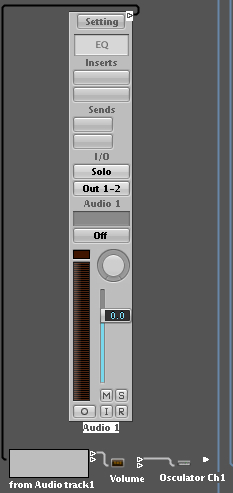


Oscillators fall into two major categories: Harmonic and relaxation. Some oscillators operate on microamps or less power, where some need several amps to operate. There can be substantially more to the choice however, depending on power requirements for the board, board real estate and the frequency precision that is required. Oscillators are something that can be easily overlooked in a project, with the attitude to simply grab any old oscillator that is within the frequency range specified in the datasheet that suits board space and cost requirements. If you are trying to create a radio signal, you will need a much more accurate oscillator than you might need for other devices. Understanding different types of oscillators and how they function can allow you to choose the correct oscillator for your project. Other devices use the oscillator’s signal to generate other frequencies which can provide audio functions or generate radio signals. Some devices have them built-in, and some require an external oscillator - or both, having a low accuracy internal oscillator with the option for an external signal to be provided.Įlectronic devices use the clock signal as a reference for time, allowing actions to be performed consistently. All microcontrollers and microprocessors require an oscillator to set the clock signal in order to function. Oscillators convert DC signal to periodic AC signals which can be used to set frequency, be used for audio applications, or used as a clock signal. You may be wondering, just what is an oscillator? Oscillators are essential components that produce a periodic electronic signal, typically a sine wave or square wave. Virtually every printed circuit board made in recent history has an oscillator of some form on it, and most integrated circuits contain oscillators too.


 0 kommentar(er)
0 kommentar(er)
